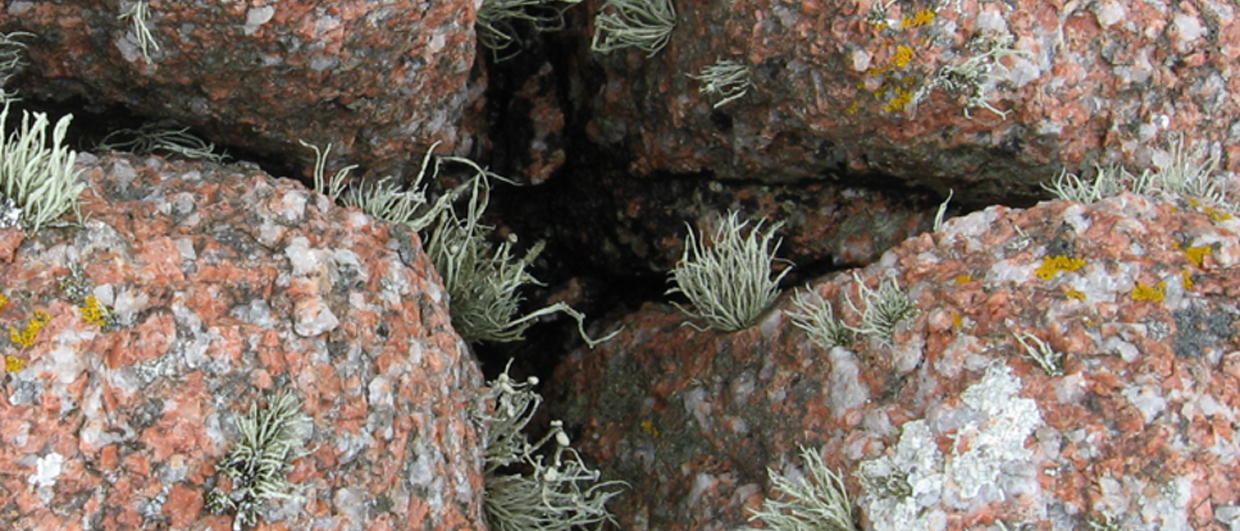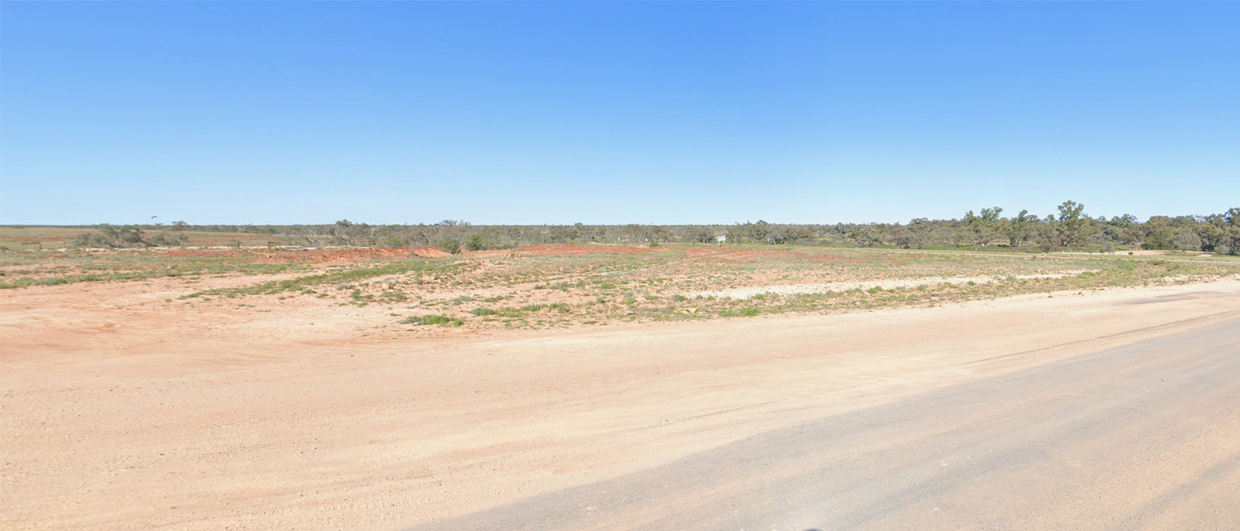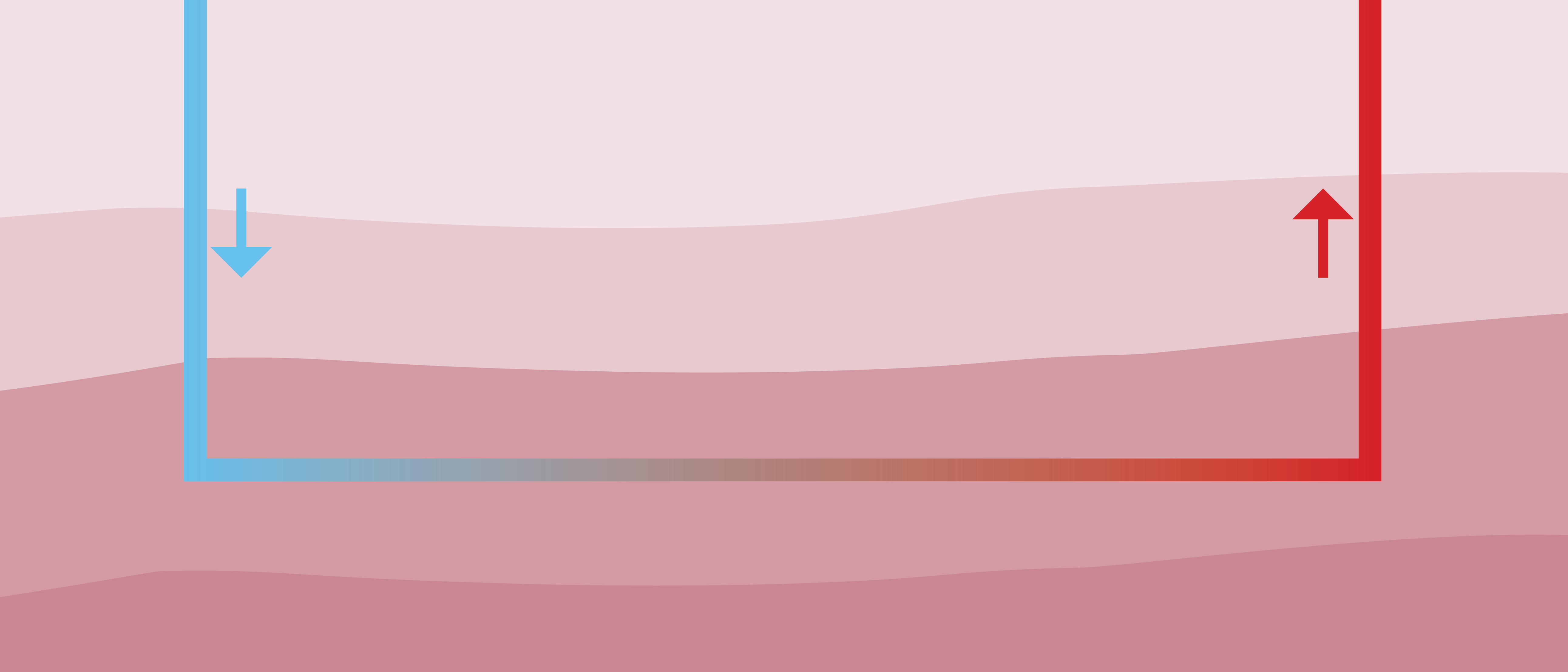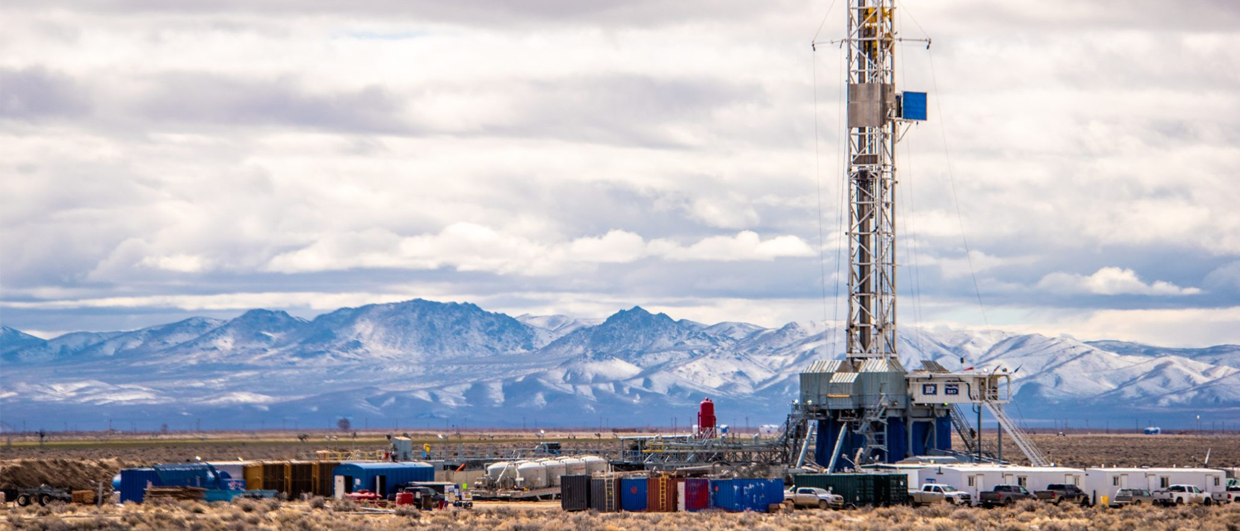It was about a year ago that I heard about a deep geothermal drilling project in Finland (St1 Deep Heat Project), during which a couple of 6 km deep wells were completed in basement rocks. The ultimate aim was to establish connectivity between the wells to create an enhanced geothermal system (EGS).
The person I spoke to at the time was Signhild Gehlin from Sweden, who told me that the project was not a big success because no connection had been established between the two wells, despite stimulation. Conductivity did increase slightly after stimulation, but turned out to be pressure-dependent; lowering the pressure made any induced fractures close again.
Then, a few months ago, I entered into a conversation with Graeme Saunders from New Zealand, who is currently developing a new methodology to better map natural fracture systems in the subsurface before geothermal wells are drilled. The idea behind this is that the trajectory of these boreholes can be planned in such a way that they benefit areas of natural permeability.
In turn, Graeme recommended speaking with Peter Malin from Duke University in Durham, USA, whom he has been working with for a while and who is a specialist on passive seismic monitoring. Then, it turned out that Peter worked on the Finnish geothermal project and had ideas about why establishing a connection between the wells had failed.
“I recommended the project managers to have a well separation at depth of about 40 m,” Peter told me, “but it was ultimately decided to go for around 400 m instead.” Was this too big a distance? It probably was, and Peter has an explanation for that.
“Fracture connectivity may be good at the well location,” Peter explains, “but as you move further out, the connectivity is diminishing. Therefore, net permeability at a large scale is falling as you move away from the well.”
Peter then explains that you need some sense of calibration around the well as to where the fractures are, and that you can’t exceed that distance and expect to have a permeable system. “The connection of fractures follows a power law, and the distance between the injection and production well needs to obey that power law in order to maintain permeability,” he argues.
Using fracture density data, Peter arrived at the above-mentioned well separation of around 40 m. Is it, therefore, a surprise that the wells turned out to be unconnected? Probably not. As Peter further explains, stimulation will only do so much because a frac fluid will always tend to stimulate already existing fracture systems first.
For that very reason, Peter sees merit in passive seismic monitoring. This technology has already proven that it is possible to map natural fracture systems in the subsurface. He is embarking on another big research project of that kind just this month (September). If wells can be planned knowing where areas of natural connectivity are, there is a much higher chance that a connection between an injector and producer can be established.





